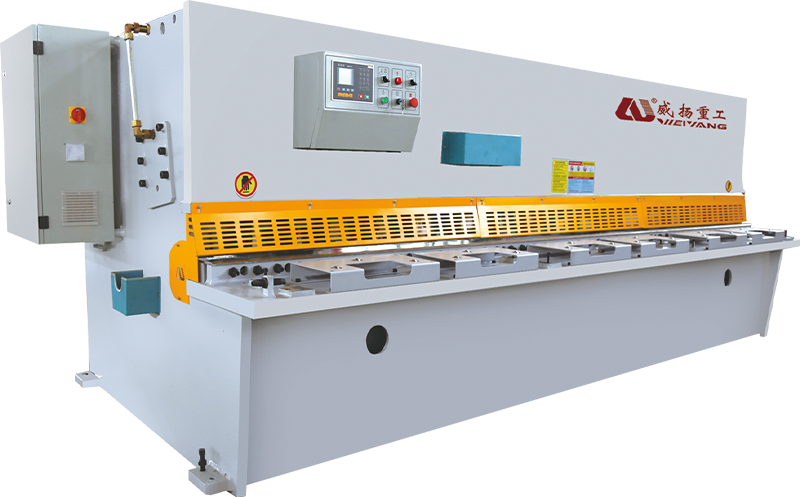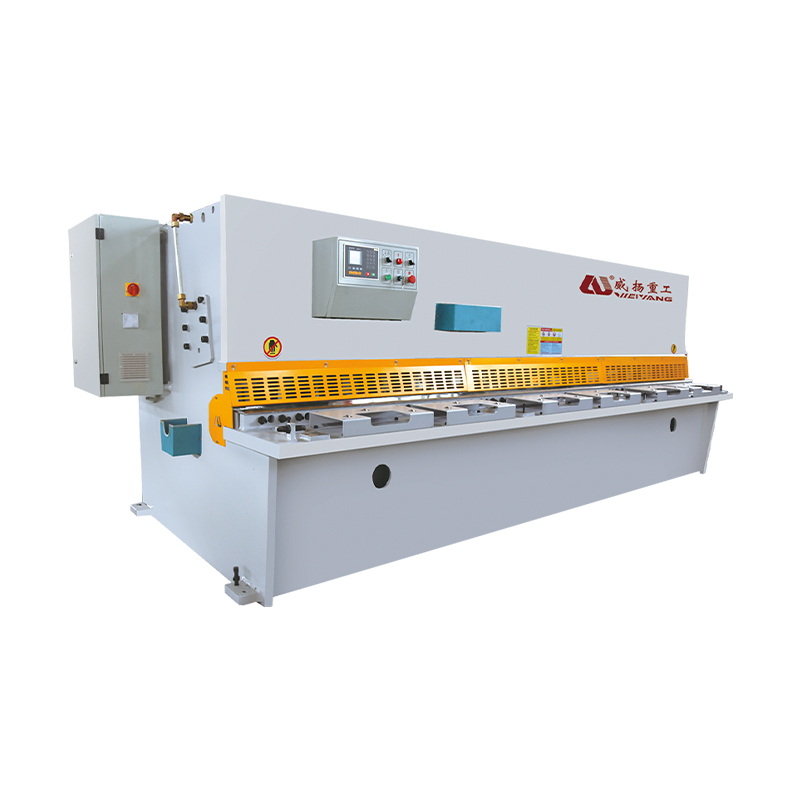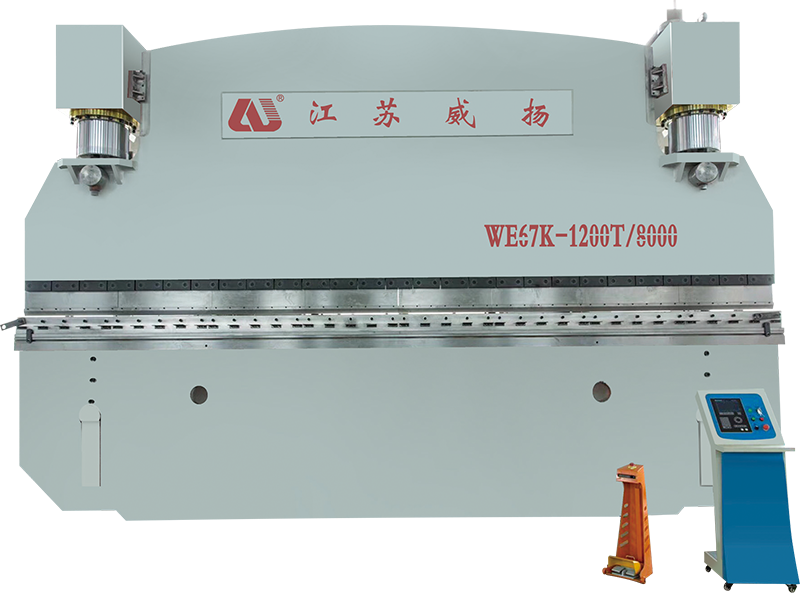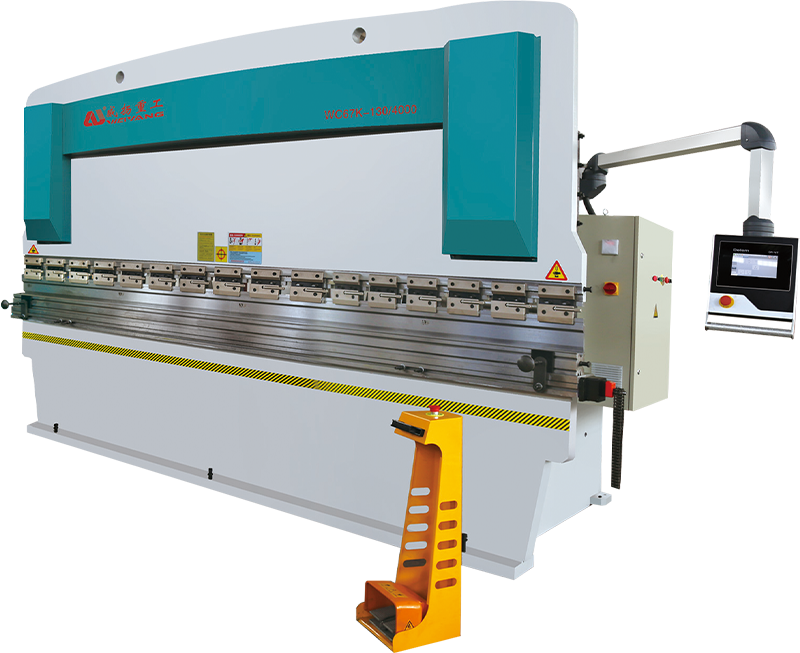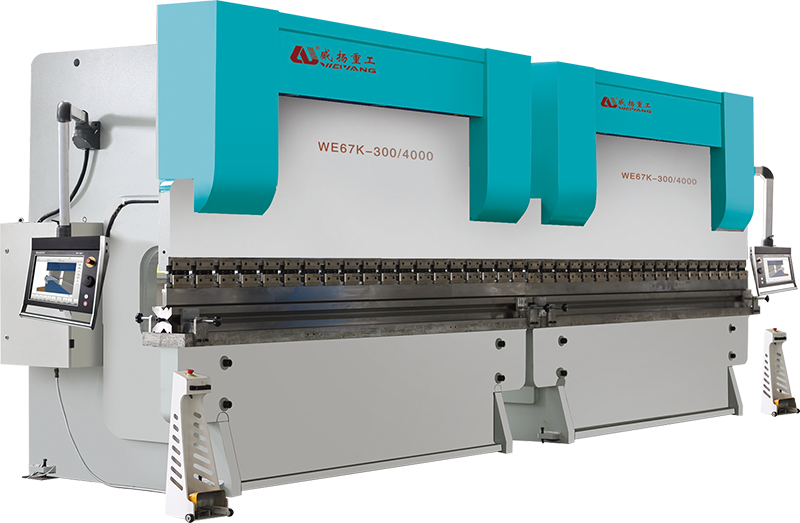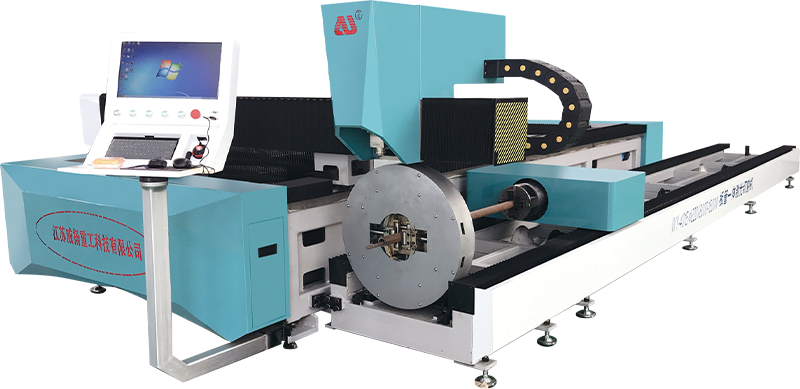Swing shears are usually used for shearing plates underneath 10mm. They may be prepared with non-obligatory CNC structures, front servo feeding structures, rear pneumatic helping systems, and other configurations to enhance manufacturing efficiency and accuracy.
In a swing shearing machine, the direct connection scheme between the main motor, reducer, and screw is crucial for the operation of the machine. Here's an explanation of how these components are typically connected:
Main Motor: The main motor is the primary source of power for the swing shearing machine. It provides the rotational force necessary to drive the system. Usually, electric motors are used in these machines due to their efficiency and controllability.
Reducer: The reducer is an intermediary component between the main motor and the screw. Its primary function is to reduce the rotational speed generated by the main motor while increasing the torque. This reduction in speed and increase in torque is necessary to provide the necessary force to shear through materials effectively.
Screw: The screw, also known as the drive screw or power screw, is the component directly responsible for the shearing action in the swing shearing machine. It typically consists of a threaded shaft that engages with the material being sheared. As the screw rotates, it applies force to the material, causing it to shear.
The direct connection scheme involves physically connecting the output shaft of the main motor to the input shaft of the reducer, and then connecting the output shaft of the reducer to the input shaft of the screw. This direct connection ensures that the rotational force generated by the main motor is transmitted efficiently to the screw, allowing for precise control over the shearing process.
Additionally, the use of a reducer allows for adjustments in the speed and torque transmitted to the screw, providing flexibility in the operation of the swing shearing machine. This configuration, combined with optional CNC systems, servo feeding systems, and pneumatic assisting systems, enhances the overall efficiency and accuracy of the shearing process, making it suitable for various manufacturing applications.


Jiangsu Weiyang Heavy Industry Technology Co., Ltd. is located in Hai'an Economic Development Zone, Nantong, Jiangsu Province, adjacent to Shanghai and connected to the whole country. Our company is a technology innovation-oriented production enterprise that integrates product research and development, production, sales, and service of a full range of CNC shearing machines, CNC bending machines, rolling machines, hydraulic machines, laser cutting machines, slotting machines, seamless pipe alloy head accessories, sweepers, and many other products. As a famous China Hydraulic Swing Shearing Machine Manufacturers and CNC Swing Shearing Machine Factory. The company has a complete set of metal forming processing capabilities such as milling, turning, grinding, planing, drilling, forging, etc., and is also one of the mechanical component processing outsourcing enterprises with strong comprehensive strength in the surrounding areas.
The company was founded in 2014, with a registered capital of 2016 million yuan and an area of over 20000 square meters. We have a standardized production workshop, advanced mechanical processing equipment, a sound ISO9001 management system, and a well-trained team. Establishing industry-university research mechanisms with multiple universities effectively ensures product quality, technological innovation, and after-sales service of users.
The company fully integrates advanced production processes and mature product technologies from Europe and America and cooperates with multiple foreign distributors to successfully develop advanced sheet metal equipment suitable for the Chinese European, and American markets. The product is widely used in industries such as light industry, aviation, metallurgy, instrumentation, electrical appliances, stainless steel products, construction, and decoration. The company has established a comprehensive sales and after-sales service network in major and medium-sized cities across the country and has entered the European and American markets with high-quality product quality.
In recent years, the company has also developed and introduced multiple new sheet metal processing models, including ultra-precision laser cutting machines, uncoiling laser cutting machines, and automatic bending centers. It has successfully established itself in the domestic and foreign metal forming and processing markets and has achieved multiple scientific and technological achievements. It is an advanced innovation-oriented enterprise in the industry. The enterprise is equipped with strong production and processing equipment, gathers elite design talents, gathers a high-quality and high-tech workforce, integrates advanced domestic production technology, and improves the product quality inspection and monitoring system. In response to the national call and to keep up with market development, the company will optimize its accumulated talent technology and advanced production equipment over the years. Based on this, it will further explore new business areas, improve its product structure, and elevate the level of enterprise development.
Since its establishment, the company has successively obtained dozens of intellectual property rights and patents passed the ISO9001 quality, environment, and health management system, GJB quality management system, listed on the "Jiangsu Science and Technology Innovation Board", recognized as the "Nantong First Major Equipment Certification" unit, obtained the EU product certification CE certificate, and obtained the "High tech Enterprise", "Jiangsu Private Science and Technology Enterprise", and "Jiangsu Science and Technology Innovation Board Listed Enterprise" In order to better serve military enterprises, the company has also obtained the qualification certificate for weapon and equipment manufacturing confidentiality and the qualification certificate for weapon and equipment quality management system.
Commitment To Superior Quality
News
-
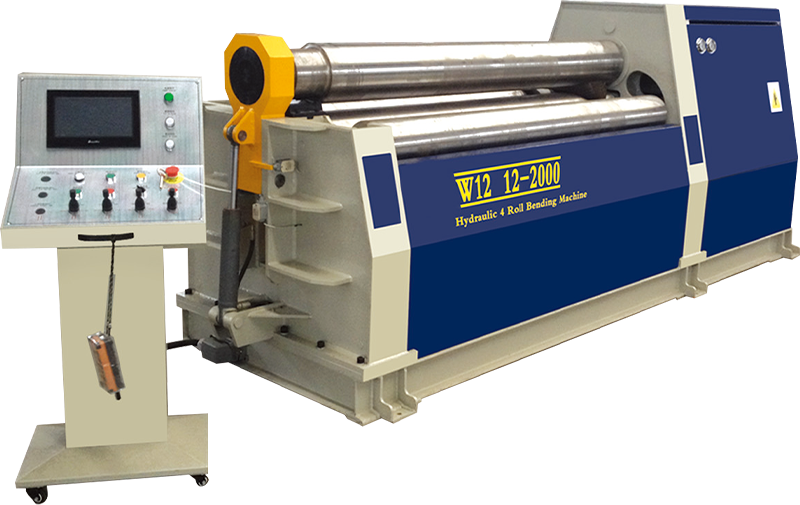
How does a CNC Rolling Machine manage thermal expansion and mechanical stress during high-precision rolling tasks?
Thermal Expansion Management CNC Rolling Machines are engineered to handle the thermal expansion tha...
READ MORE -
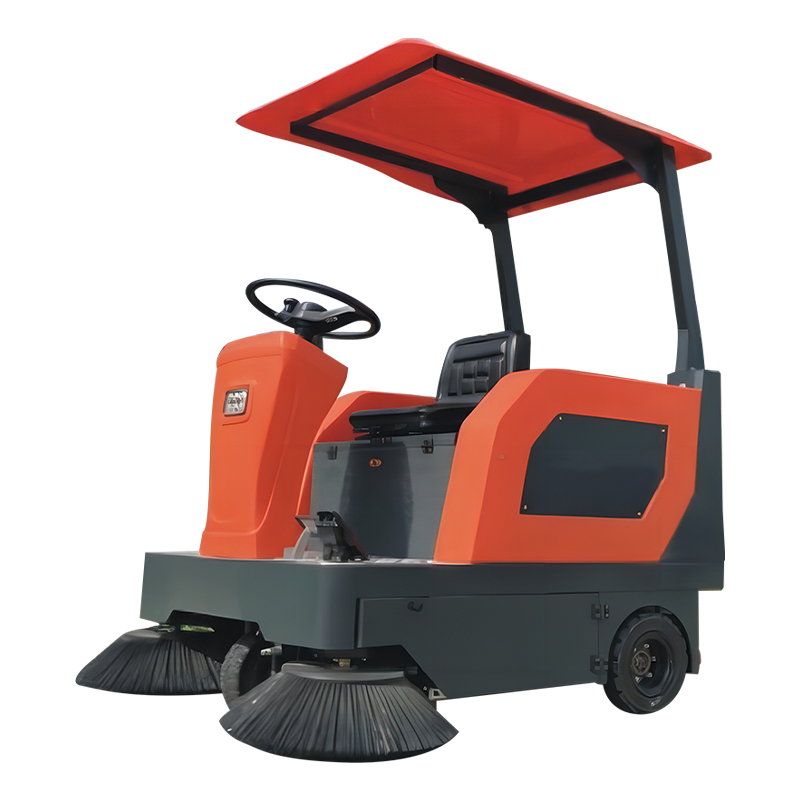
How does the CNC Sweeper Truck ensure efficient debris collection across various surfaces, such as asphalt, gravel, and concrete?
Adjustable Sweeping Mechanism for Versatility The CNC Sweeper Truck is designed with adjustable brus...
READ MORE -
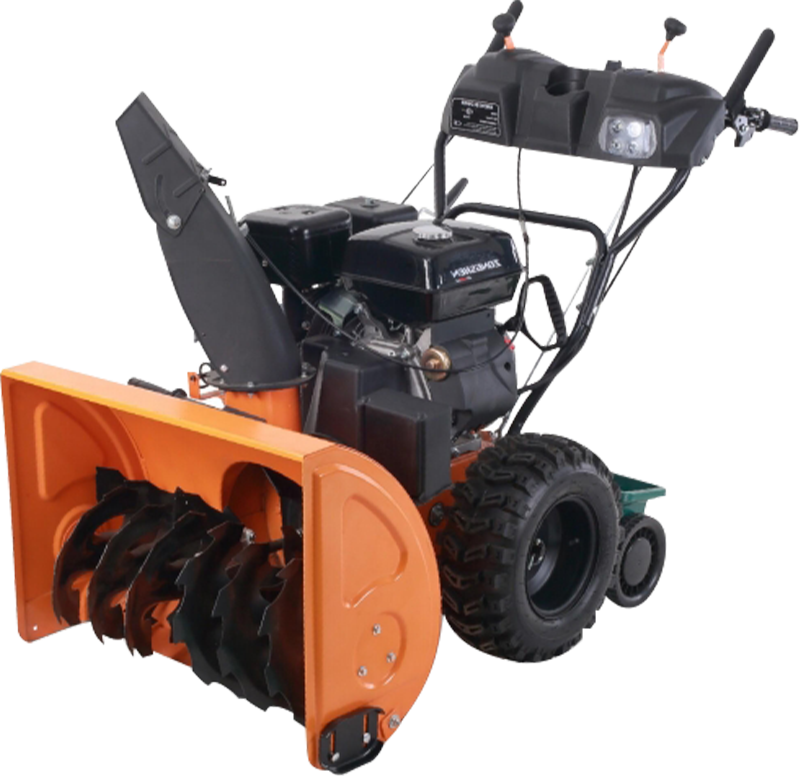
How does the Handheld Snow Blower manage ice or compacted snow that is harder than freshly fallen snow?
Auger and Impeller DesignThe core mechanism for handling ice or compacted snow in Handheld Snow Bl...
READ MORE -
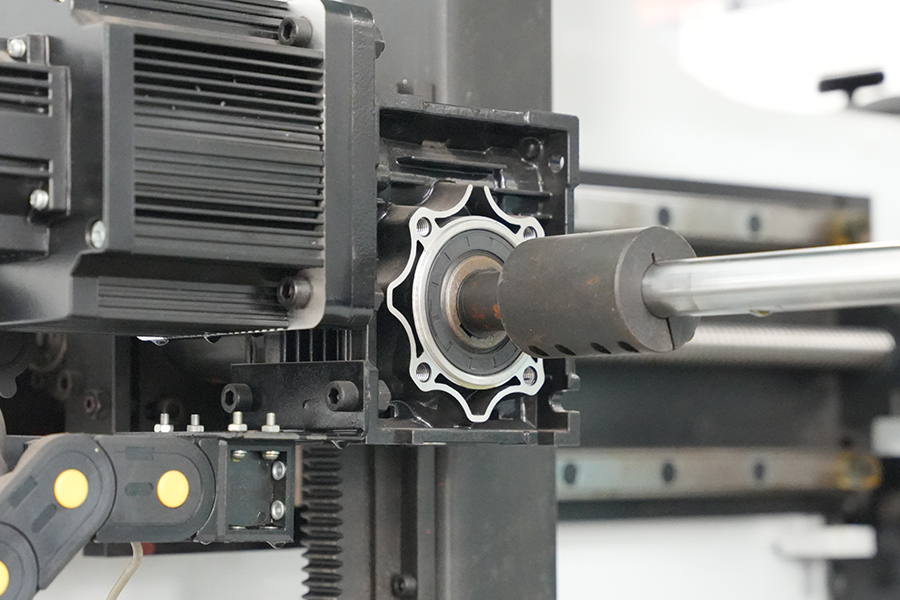
How does the CNC Rolling Machine handle material distortion and springback during the rolling process, and what measures are in place to compensate for these effects?
Understanding Material Distortion and Springback Material distortion and springback are two critical...
READ MORE -

How does the hydraulic system in a CNC Hydraulic Shearing Machine contribute to its cutting force and efficiency compared to other types of shear machines?
1. Consistent Cutting Force The hydraulic system in CNC Hydraulic Shearing Machine is integral to it...
READ MORE





